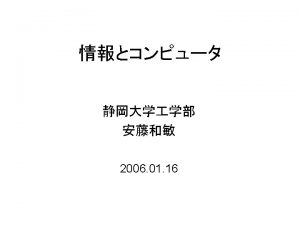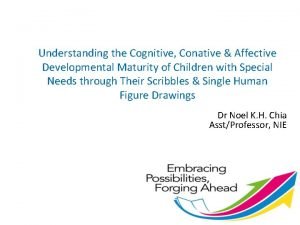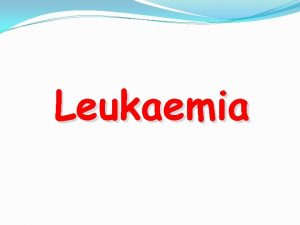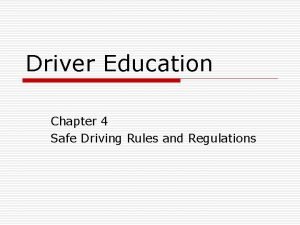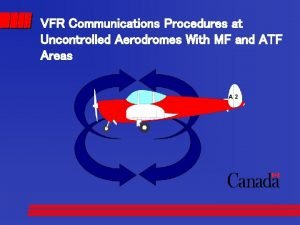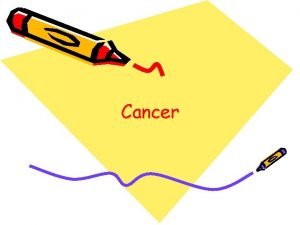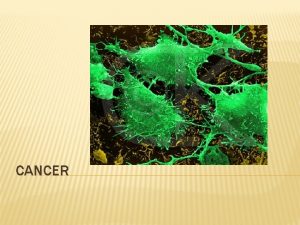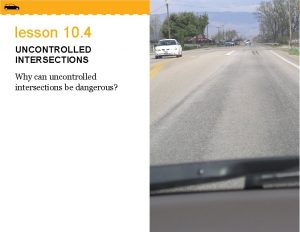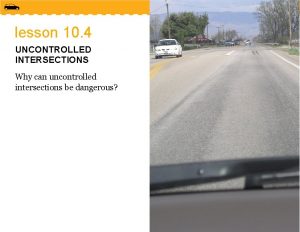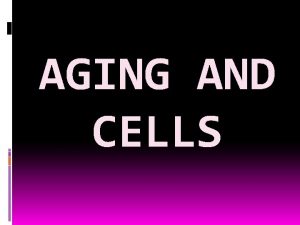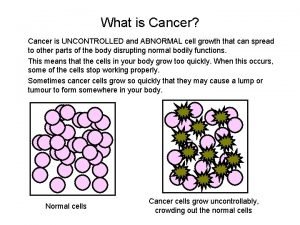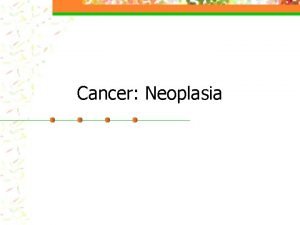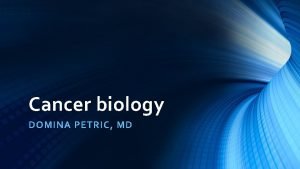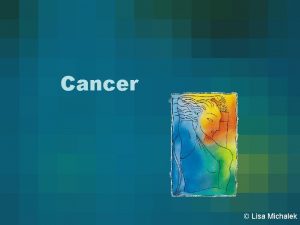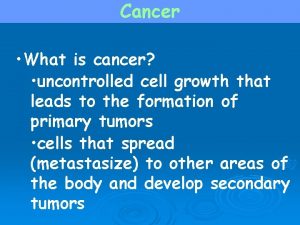CHAPTER 5 2 CANCER CANCER Results from uncontrolled











- Slides: 11

CHAPTER 5. 2: CANCER

CANCER • Results from uncontrolled mitosis and cell division • Cells divide repeatedly and a tumor develops • Developed countries: 1 in 4 deaths • more than 200 different forms

MUTATIONS • Cancer starts when mutations occur in the genes that control cell division. • Takes many mutations (not just 1) to cause cancer • Mutated gene called oncogene • Genes mutate regularly, but most mutations are either destroyed by our immune systems or do note survive to undergo mitosis

MUTATIONS • Cancer cells escape are not killed by immune system and survive to reproduce identical daughter cells • By detection, a tumor can contain ~1 billion cancerous cells

CARCINOGENS • A factor which brings about any mutation is called a mutagen, and is described as mutagenic • Any agent that causes cancer is called a carcinogen, and is described as carcinogenic • Some mutagens are carcinogenic

CARCINOGENS • Ionizing radiation and UV light • X-rays, gamma rays, radioactive decay, sunlight • Cause formation of damaging ions in cells which can break DNA strands (w/ exception of sunlight)

CARCINOGENS • Chemicals • Tobacco smoke, aniline dyes, asbestos, dioxins • Act by damaging DNA molecules

CARCINOGENS • Virus infection • Ex: Burkitt’s lymphoma, papilloma viruses (HPV) • Viruses carry oncogenes, or regulatory genes that become oncogenes

CARCINOGENS • Hereditary predisposition • Cancer tends to be more common in some families • The disease itself is often not inherited, but susceptibility to risk factors that create oncogenes are • Some oncogenes, however, are directly inherited (ex: retinoblastoma)

TUMORS • Small group of tumor cells = primary growth • Benign: do no spread from site of origin, but can compress and displace surrounding tissue • Malignant: cancerous tumors. Spread throughout body and invade other tissues, eventually destroying them

MALIGNANT TUMORS • Interfere with normal functioning of tissue where they grow • Cells can break off and spread through the blood and lymph to form secondary growths • Spread of cancer by secondary growths is called metastasis
 Observation techniques
Observation techniques What is an uncontrolled railroad crossing
What is an uncontrolled railroad crossing Chapter 7 negotiating intersections
Chapter 7 negotiating intersections Chapter 7 negotiating intersections
Chapter 7 negotiating intersections R load circuit
R load circuit Copyax
Copyax Sadlier vocabulary workshop level d unit 1 synonyms
Sadlier vocabulary workshop level d unit 1 synonyms Conative disorder
Conative disorder Uncontrolled clonal proliferation
Uncontrolled clonal proliferation Uncontrolled foreign fishing
Uncontrolled foreign fishing Chapter 4 safe driving rules and regulations
Chapter 4 safe driving rules and regulations Vfr circuit procedures
Vfr circuit procedures





